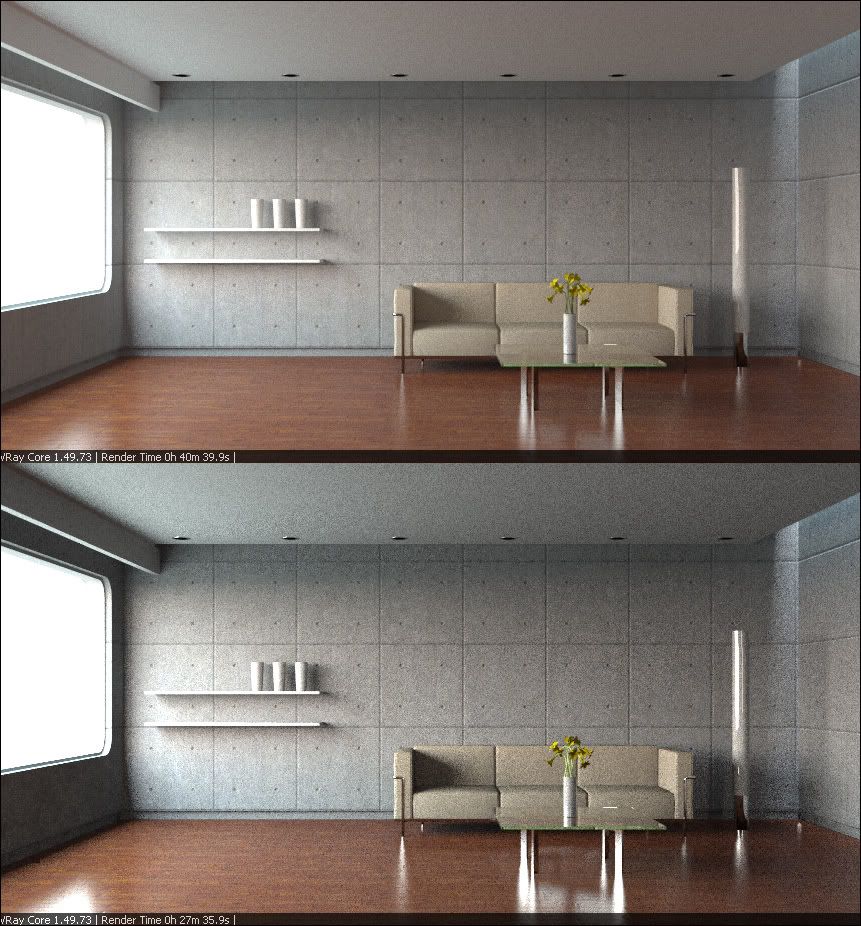O.k. Great...That gives that an answer!
On another note; If you are starting an exterior scene, you use that .255 float value on colors and materials as a starting point and tweak from there right? And you also start by dividing the ISO 200 by 385 for a beginning value in the ISO field? Is this only when sun is positioned directly perpendicular from the ground plane?
On another note; If you are starting an exterior scene, you use that .255 float value on colors and materials as a starting point and tweak from there right? And you also start by dividing the ISO 200 by 385 for a beginning value in the ISO field? Is this only when sun is positioned directly perpendicular from the ground plane?











Comment